Microfoam: How much should each milk-based coffee drink have?
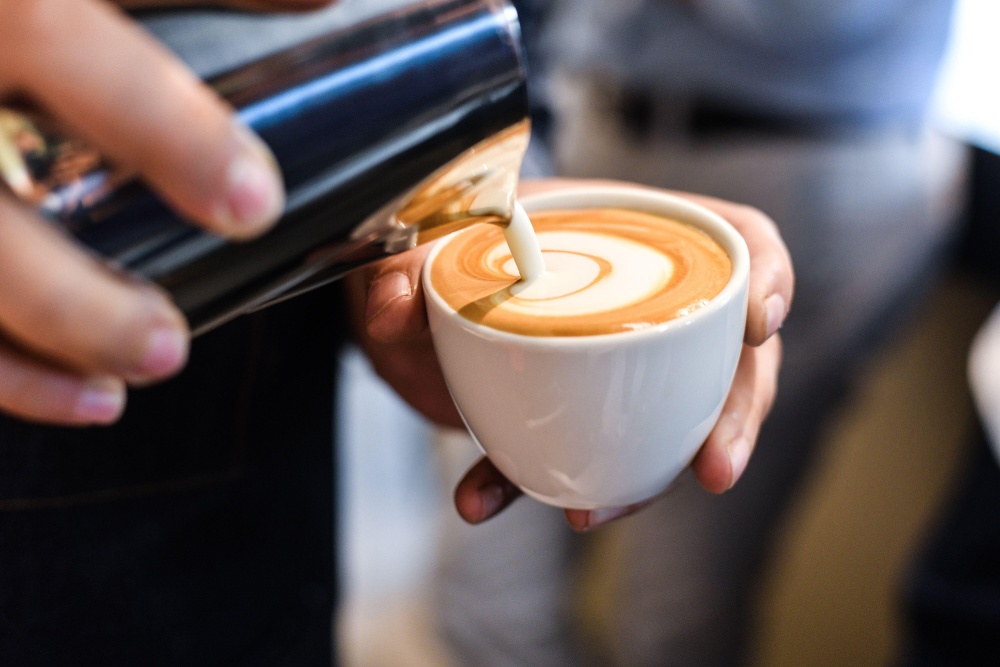
In many coffee shops around the world, milk-based beverages are incredibly popular. The combination of the smooth, silky texture of perfectly steamed milk with a well-balanced espresso is timeless for many consumers – and industry professionals, too.
One of the most important aspects of any milk-based coffee drink is the amount of microfoam (finely textured milk containing many very small air bubbles) that sits on top. In fact, the amount of microfoam can even be one of the most prominent defining factors – alongside size and weight – for a milk-based drink.
But is there a “correct” amount of microfoam for every milk beverage? Or are specialty coffee’s definitions and standards starting to shift more?
To find out, I spoke to Carmen Clemente, 2022 World Latte Art Champion and co-founder of the World Latte Art & Coffee Center in Milan, Italy.
You may also like our article on which milk is best for latte art.
First up: The cappuccino
Perhaps the most recognisable milk-based coffee drink is the cappuccino. Once believed to be a drink which followed the rule of thirds (one-third espresso, one-third steamed milk, and one-third foamed milk), the cappuccino actually originates from Viennese coffee houses in the 19th century.
During that time, its original name was kapuziner: a small drink consisting of brewed coffee mixed with either milk or cream until its colour resembled that of monks’ Capuchin robes.
With the invention of the espresso machine, however, the cappuccino has evolved into a different drink altogether. In Italy, following the Second World War, baristas would pour large amounts of foamed milk (more rigid and aerated compared to microfoam, with larger bubbles) on top of the drink – somewhat closer to its modern day definition.
It can be argued that the cappuccino, like many other milk-based beverages, doesn’t have a strict definition. But most describe it as a single shot of espresso with steamed milk and microfoam. According to the Specialty Coffee Association, a cappuccino is a “5 to 6oz coffee and milk beverage that should produce a harmonious balance of rich, sweet milk, and espresso.”
Carmen believes it’s useful to assign and follow rules indicating the amount of microfoam for different milk-based drinks, including the cappuccino.
“I think it is right to have rules,” she says. “The cappuccino requires at least 1cm of microfoam.”
Traditional vs modern interpretations
Over the years, our standards and definitions of the cappuccino have considerably changed. Traditional cappuccinos, for instance, have much thicker and drier foam – which means the foam sits distinctly on top of the drink rather than being more integrated with the steamed milk.
As a result, the texture of traditional cappuccinos is often a little unbalanced, as well as the flavour combination of milk and espresso. But with the growth of specialty coffee, the cappuccino has evolved to become a much smoother drink with slightly thicker microfoam than other milk-based beverages. This helps to create a more balanced drink in terms of taste and texture.
Although there are many regional variations of the cappuccino, some coffee shops will choose to make the drink with two shots of espresso in order to highlight more of the coffee’s flavour. The modern cappuccino has also reduced in size – from around 7 or 8oz to 5 or 6oz.
What about other milk-based drinks?
Alongside the cappuccino, there are many other milk-based coffee drinks – and each one has its own specific amount of microfoam.
Flat white
The flat white has become one of the most popular milk-based coffee drinks. While its exact origins are somewhat contentious, the drink typically includes a double shot of espresso, and has a silky, smooth texture with a thin layer of microfoam – usually no more than 0.5cm.
Baristas often steam milk differently for flat whites than for cappuccinos. Less air should be added into the milk, so incorporating the smaller amount of microfoam into the steamed milk is even more important to create a smooth texture.
Latte
In addition to the cappuccino, the latte is one of the most well-known milk-based drinks. It’s larger in size than the cappuccino, and has a higher milk-to-espresso ratio – so it’s especially popular with those wanting a “milkier” drink.
The amount of microfoam for a latte is similar to a flat white, with a thin layer on top of approximately 0.5cm.
Cortado
The cortado comes from Spain and translates to “to cut” – referring to cutting through the espresso with milk. It usually has a milk-to-espresso ratio of 1:1, and most coffee shops will use two shots of espresso per drink.
Because most cortados contain only steamed milk, they usually don’t have a layer of microfoam on top. To be able to pour latte art, however, most coffee shops will steam the milk to include a small amount of microfoam.
Macchiato
In many coffee shops, the macchiato is categorised into two different drinks: an espresso macchiato and a latte macchiato. Traditionally speaking, an espresso macchiato is simply a single espresso with a small amount of milk foam on top.
A more modern version of the espresso macchiato can also include some steamed milk, which can enable the barista to pour simple latte art.
The latte macchiato, meanwhile, is a larger and very milky drink. Baristas typically prepare the beverage by pouring steamed milk and a thick layer of steamed milk into a tall glass. They then slowly pour the espresso into the centre to better visualise the distinct layers of the drink.
Microfoam & latte art
Microfoam plays an integral role in enhancing the texture and mouthfeel of different milk-based drinks, but it’s also incredibly important for pouring latte art.
Baristas need to find a balance between taste and visual appeal when preparing different coffee beverages. But for some drinks, this raises the question of whether slightly altering the texture to pour high-quality latte art impacts the customer experience.
The argument could especially be made for the cappuccino, as there are some customers who prefer the more traditional style with a thicker layer of foam on top. This means, however, that pouring latte art becomes much more difficult and will look less appealing.
In turn, the balance between taste and aesthetics might be one of several reasons why cappuccinos are served in a variety of ways around the world. But Carmen tells me that enhancing visual appeal shouldn’t sacrifice quality in terms of taste and texture.
“You can pour latte art without significantly changing the taste and texture of the milk,” she explains. “For more intricate latte art, however, you need to have microfoam, as well as different temperature ranges for the drinks you serve to customers – which are usually between 55 and 60°C.”
Are specialty coffee’s standards for milk-based drinks starting to change?
As our standards and definitions of milk-based coffee beverages have changed over the years, it appears that specialty coffee has moved away from more traditional styles of drinks.
Moreover, optimising barista workflow is another element at play in this overall shift towards less rigid definitions of milk-based beverages. In some specialty shops (especially during busy rushes), baristas steam milk in very similar ways for each type of drink – largely for convenience and speed.
In order to successfully pour latte art, baristas will steam milk to create a glossy and smooth consistency with the perfect amount of microfoam – similar to that for a flat white or latte. Carmen, however, doesn’t necessarily agree with this mindset.
“Doing things differently means distorting traditions, and I don’t always think that’s right,” she opines.
The role of plant milks
In coffee shops around the world, plant milks are only becoming more and more popular. “Even in Italy, plant milks are gaining the upper hand,” Carmen says.
Although you need to steam and pour different kinds of plant milks differently to cow’s milk, beverage texture and consistency – as well as the amount of microfoam – need to remain the same.
“Choosing your steaming technique for different non-dairy milks depends on the brand, as not all of them are the same,” Carmen tells me. “Although each brand is different, the end goal is to always produce a shiny, smooth microfoam that resembles dairy.
“Alternative milk companies are doing a great job in this regard – some brands are not much different to cow’s milk in terms of microfoam and consistency,” she concludes.
Undoubtedly, industry trends and perspectives on milk drinks and the required amount of microfoam will continue to evolve in the years to come.
While some may agree that more traditional style beverages have a place in specialty coffee, it appears as though our definitions of milk-based drinks are becoming more fluid. Standardisation, however, still remains an important factor to consider – especially for the end consumer.
Enjoyed this? Then read our article on how to pour great latte art at home.
Photo credits: Specialty Pal
Perfect Daily Grind
Want to read more articles like this? Sign up for our newsletter!
The post Microfoam: How much should each milk-based coffee drink have? appeared first on Perfect Daily Grind.
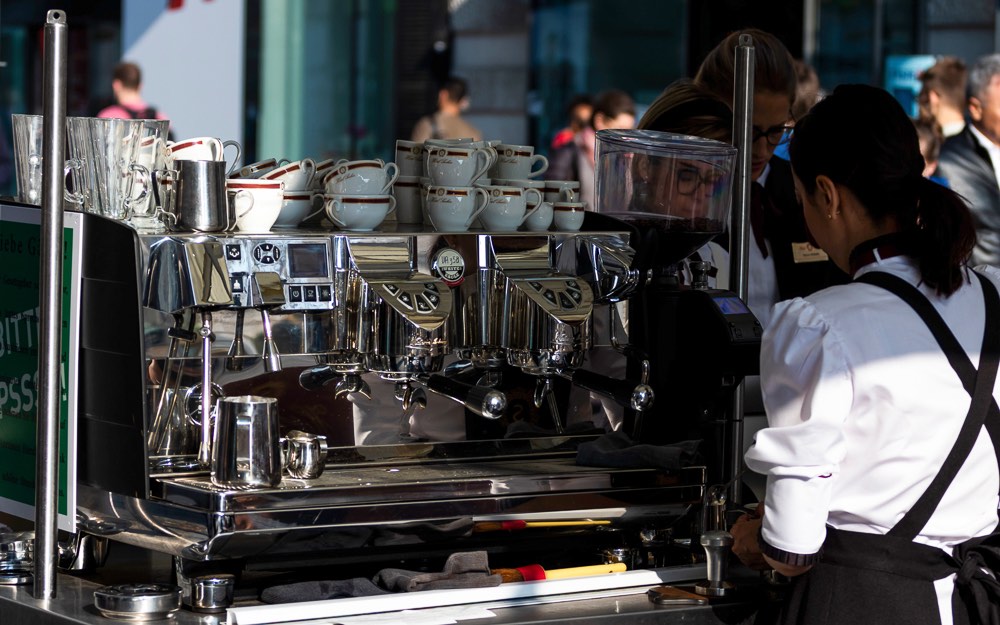
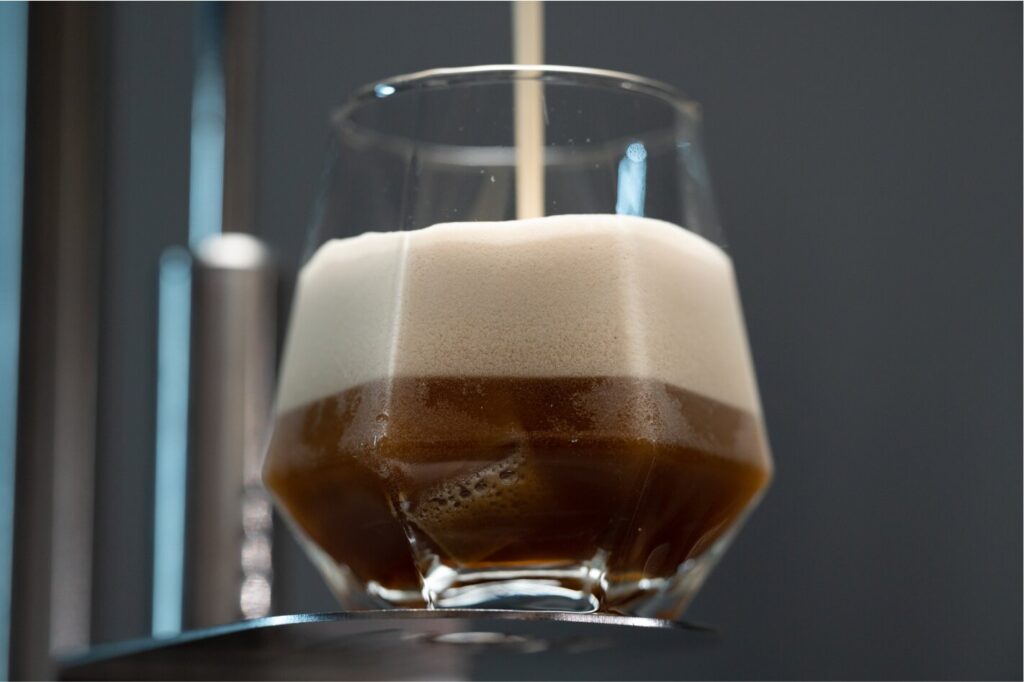
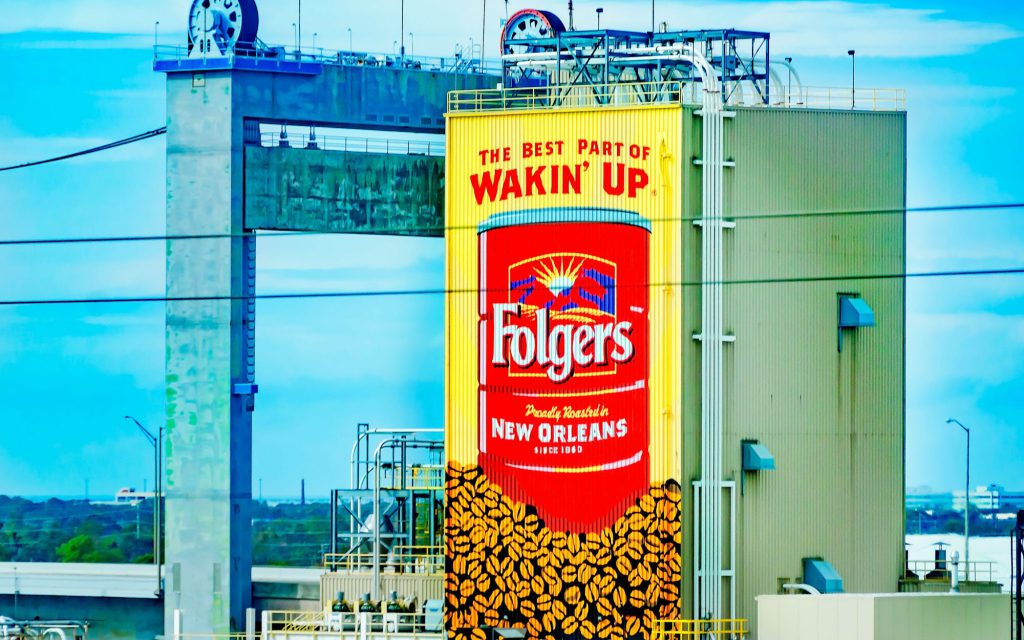
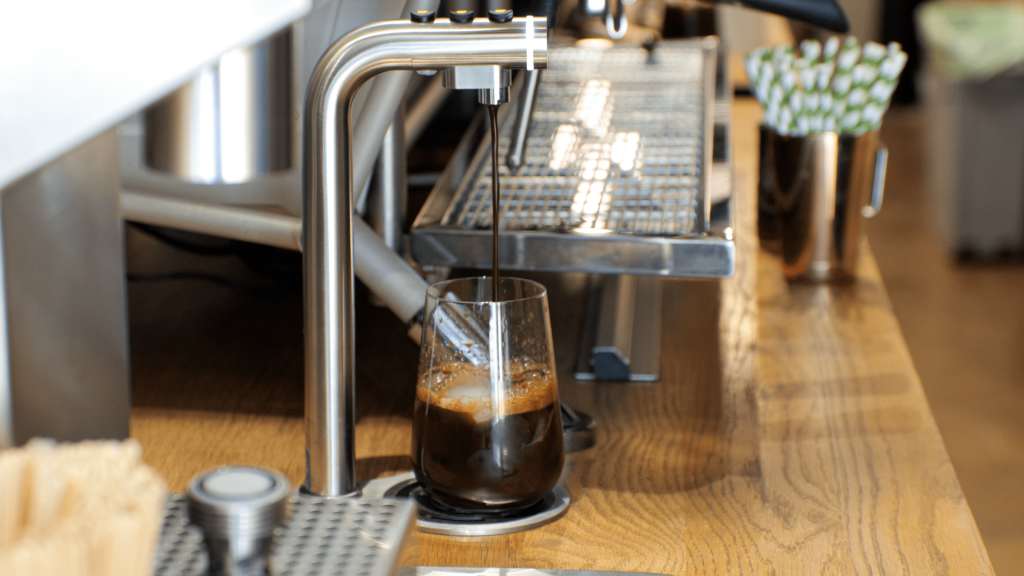
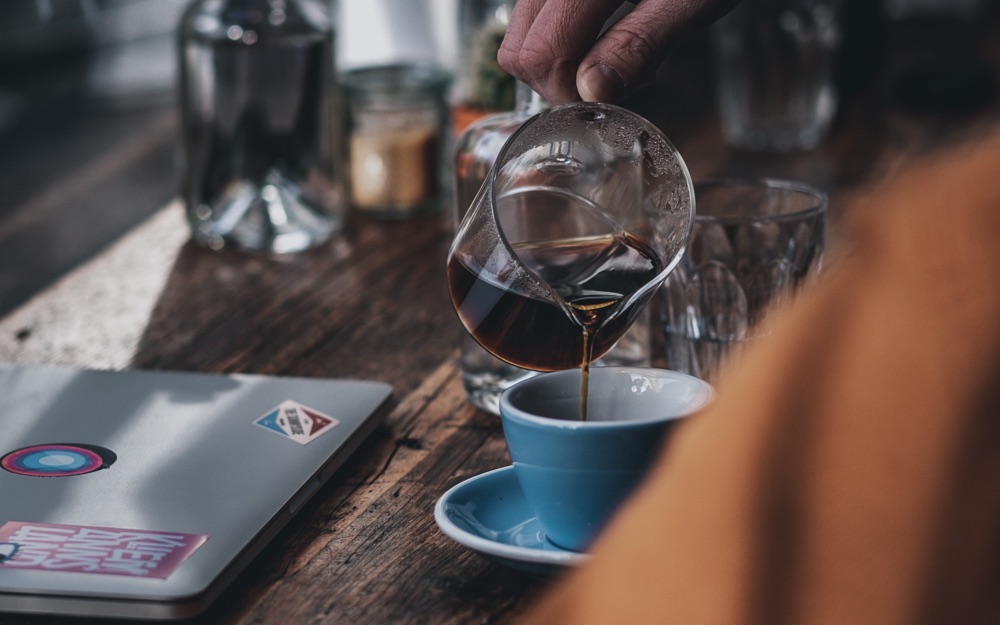
Responses